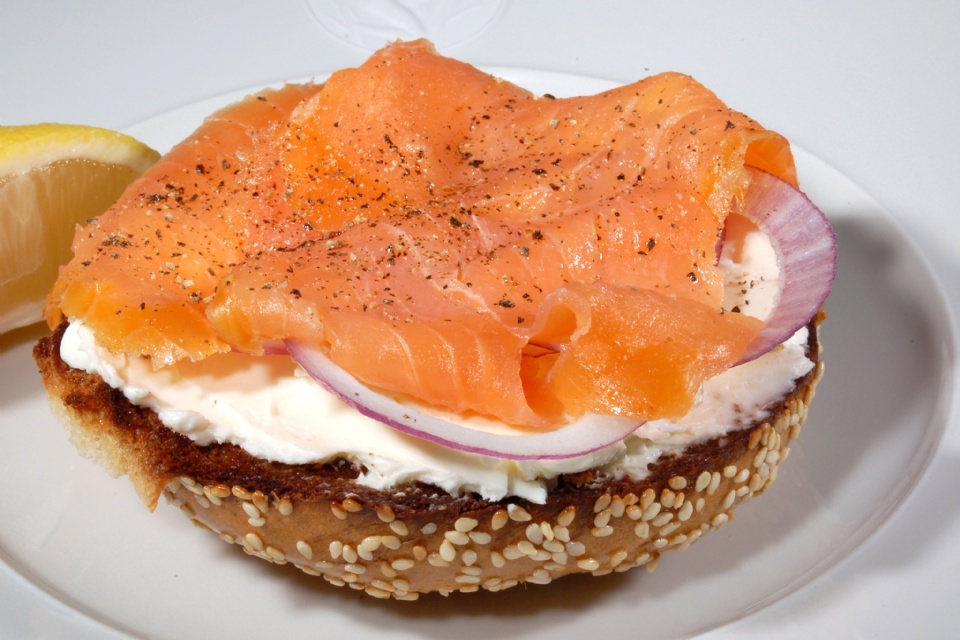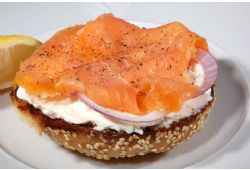In my office, I see many parents who are tempted to
try omega-3 supplements to improve their child’s learning abilities or
behavior. Such a desire is legitimate. Everybody wants their child to reach
their full potential, right? But is it really working, and is it safe?
First of all, omega-3 is an essential fatty acid
that our body uses for cell membrane composition, including neurons. They make
up a large proportion of brain tissue, so it is logical to link them to brain
function. Then, if they are so important, why is it that most of us have a diet
that is sub-optimal in omega-3? Well, as humans, our diet wasn't always that
way. Before massive industrialization of our food, the ratio of omega-6 to
omega 3 was around 1 to 1. In other words, there were as many sources of
omega-3 as there were sources of omega-6. The typical western diet now provides
a very different ratio that is closer to 20 to 1, which is why the needs for
more omega-3 keeps making the news. By adding omega-3s in our diet with
supplements or food sources, we bring the omega-6 to omega-3 ratio closer to what the body needs. So health is not
just about omega-3 capsules, it is also about food quality and depending less
on the food industry.
That being said, do omega-3s improve cognition?
Indeed, they have been known to improve learning abilities, more so in children
who have learning difficulties, but also in aging where it may play a role in
delaying cognitive impairment. Recent studies have shown that kids with
sub-optimal levels of omega-3 in the brain were less effective at reading
skills or memory tasks. In some hyperactive children, some mild improvements in
behavior have been seen.
It has been demonstrated to be more effective when
the omega-3 was given in the form of EPA, that is the plant form, but DHA is
also known to be implicated in neurodevelopment. So there is something there.
But the level actually producing an effect is not yet known. A very delicate
balance between all the essential fatty acids in the brain seems to exist, and
it is not so easy to establish recommendations, especially for children.
So to be on the safe side, it is widely recommended
that whenever possible, the diet should be the means by which we increase
omega-3s. Omega-3 supplements should be reserved to special medical conditions
or when a lack of omega-3 is clearly demonstrated by a proper nutritional
evaluation. Increasing omega-3 content of the diet is not so difficult either.
Cooking more often and using less fried or highly transformed products
containing, for example, soy oil, will get you the first prerequisite for a
more balanced omega-6 to omega-3 ratio. Then, adding omega-3 rich foods such as
fatty fish (salmon, maquerel, white tuna herring, rainbow trout or sardines)
two to three times a week will get you the DHA you need ―the marine form that
is very well absorbed by humans. Seafood is also a significant source, such as
clams and oysters.
Adding a tablespoon a day of canola oil will provide
the omega-3 you need, and so will sprinkling walnuts on your salad. Just these
simple tricks provide enough omega-3s to fulfill your daily needs. It is
certainly the safest way to get your total required amount of omega-3s.
If you do decide to give supplements to your child,
keep in mind that these supplements often contain vitamins that are not as
easily metabolized by children. Supplements rich in vitamin A and D, such as
cod liver oil, should therefore be avoided in children. A daily dose of 500 mg
of total omega-3 (EPA plus DHA) is generally considered safe for children aged
9 and above. I usually recommend skipping the supplement on those days which
oily fish is served, because a usual serving of fatty fish provides that same
amount. And let’s face it, it is so much more interesting than taking a pill!
Recipe
Tips to make fish a part of your regular diet
To enjoy fish, three basic rules apply. First, do
not overcook it. Second, cook it at high temperature to retain juices. Third, and
most important of all, use fresh fish! Fish is to be consumed on the day that
it is bought, for best results. If your mother used to serve you stinky fish,
no wonder you hate it! Fresh fish does not stink. It is decomposing fish
protein that does!
Cooking times are determined not by the weight of
the fish but by the thickness; every inch (2.5 cm) should require no more than
8 to 10 minutes of cooking at 400F (200C). You can cook it in the oven, in
parchment paper, on the BBQ, on the stove, in the slow-cooker (makes great fish
chowder!) The possibilities are endless and fish is a great meal for busy weekdays,
since it cooks so fast.
Here are a few quick meal ideas;
- Smoked salmon and cream cheese bagel
- Canned white tuna or salmon sandwich, with your favorite lettuce, such as roquette, or fresh sprouts
- Canned sardines in olive oil with your favorite crackers, with a hint of lemon, (or chili for adventurers!)
- Salmon pie, a classic
- Fish in parchment paper or aluminum foil, rubbed with olive oil and topped with your favorite fine herbs. It is especially good with lemon and chives, but why not be creative and try less conventional but delicious ideas such as orange and mint!
- Use your fish leftovers by making a great spread for crackers or sandwiches. Just add mayo and lemon, salt and pepper and renew your omega-3 intake one or two days later!

 In The Latest Issue:
In The Latest Issue:


 BY:
BY: 

Tweet
Share